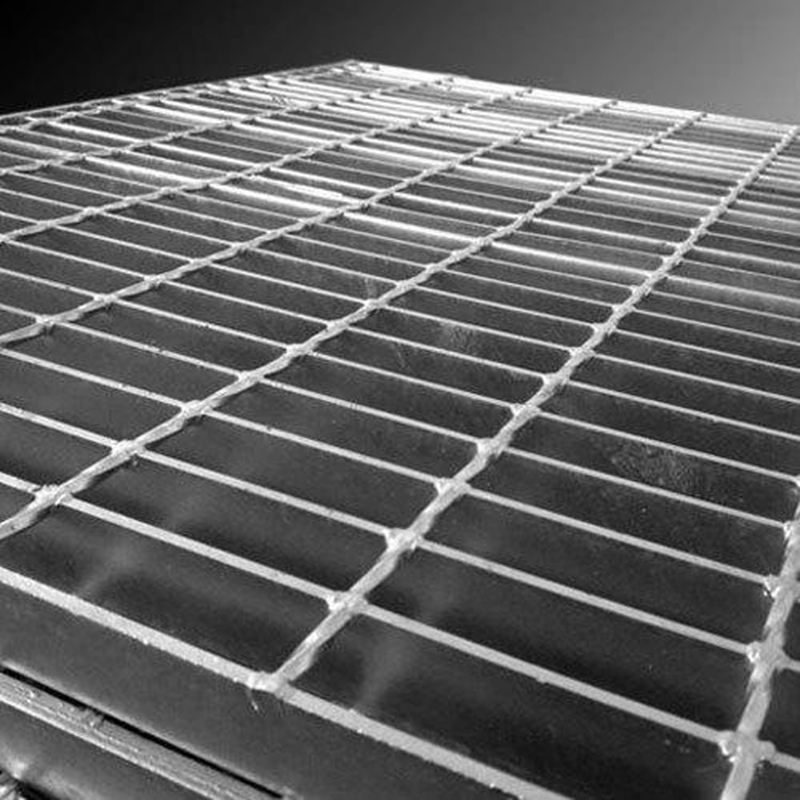-
+86 15030157877
-
sales@galvanizedmetalmesh.com
Dec . 11, 2024 09:26 Back to list
Current Market Trends for Barbed Wire Pricing per Meter
Understanding the Cost of Barbed Wire per Meter Factors and Implications
Barbed wire is a crucial material used in various applications, primarily for fencing and security purposes. It has made a significant impact in agriculture, military, and residential security, serving as a deterrent against intruders and animals. However, much like any other commodity, the price of barbed wire fluctuates based on several factors, and understanding these can help consumers make informed decisions.
Current Market Prices
As of October 2023, the price of barbed wire per meter can vary greatly depending on the type, quality, and manufacturer. Generally, the price ranges between $0.10 to $0.50 per meter, but customized or premium products can cost more. For instance, high-tensile barbed wire, which offers greater strength and durability, often commands a higher price tag compared to standard options.
Factors Influencing Barbed Wire Prices
1. Material Quality Barbed wire is predominantly made from galvanized steel, which enhances its lifespan and resistance to rust. The quality of the steel used plays a significant role in determining the price. Low-quality materials may be cheaper but may not withstand harsh environmental conditions, leading to increased costs for replacement.
2. Wire Gauge The thickness of the wire, known as gauge, directly affects both the strength and cost. Heavier gauges (lower number) are more expensive but provide better security and are less likely to bend or break under stress. Conversely, lighter gauges might be more affordable but can be easily compromised.
3. Production Costs The costs associated with manufacturing barbed wire—including labor, energy, and operational overhead—also influence market prices. When manufacturing costs rise, it often leads to higher prices for consumers.
barbed wire price meter

4. Market Demand Demand plays a critical role in price fluctuations. During certain seasons, such as spring, when agricultural activities surge, the demand for barbed wire may increase substantially, leading to higher prices. Conversely, during periods of diminished demand, prices may decrease.
5. Transportation and Logistics The cost of transporting materials can significantly affect end prices. If barbed wire is being shipped internationally, tariffs, fuel prices, and logistics can further influence the price per meter.
6. Supplier and Brand Reputation Established brands often charge a premium for their products due to perceived quality and reliability. Conversely, lesser-known suppliers may offer lower prices but could lack the same level of quality assurance.
Implications for Consumers
Understanding these factors is crucial for consumers contemplating a purchase. For agricultural business owners, selecting the right type of barbed wire can mean the difference between adequate livestock protection and significant losses. Likewise, homeowners investing in security solutions should carefully evaluate their options to ensure that they are receiving value for their investment.
Conclusion
In conclusion, the price of barbed wire per meter is influenced by a multitude of factors ranging from material quality to market demand. Consumers should carefully consider their specific needs and evaluate the benefits of investing in higher-quality products versus more affordable options. By doing so, they can make informed decisions that ensure the safety and security of their properties while also being mindful of their budgets. Whether for fencing livestock or protecting residential properties, understanding how different factors affect pricing can empower consumers to choose effectively. Ultimately, quality should not be sacrificed for cost, as the longevity and performance of barbed wire are paramount to its intended purpose.
-
Premium Roof Tiles for Durable & Stylish Roofing Solutions
NewsJul.29,2025
-
Hexagonal Gabion for Slope Protection & Retaining Walls | Durable Wire Mesh
NewsJul.29,2025
-
3D Curved Welded Wire Mesh Fence for Secure & Stylish Fencing Solutions
NewsJul.28,2025
-
Spiral Plant Stick for Tomato Support - Durable & Easy to Install
NewsJul.27,2025
-
Stainless Steel Wire Mesh Roll Wholesale & Manufacturers – Quality Exporters
NewsJul.26,2025
-
High Quality 3D Curved Welded Wire Mesh Fence for Security and Aesthetics
NewsJul.25,2025



